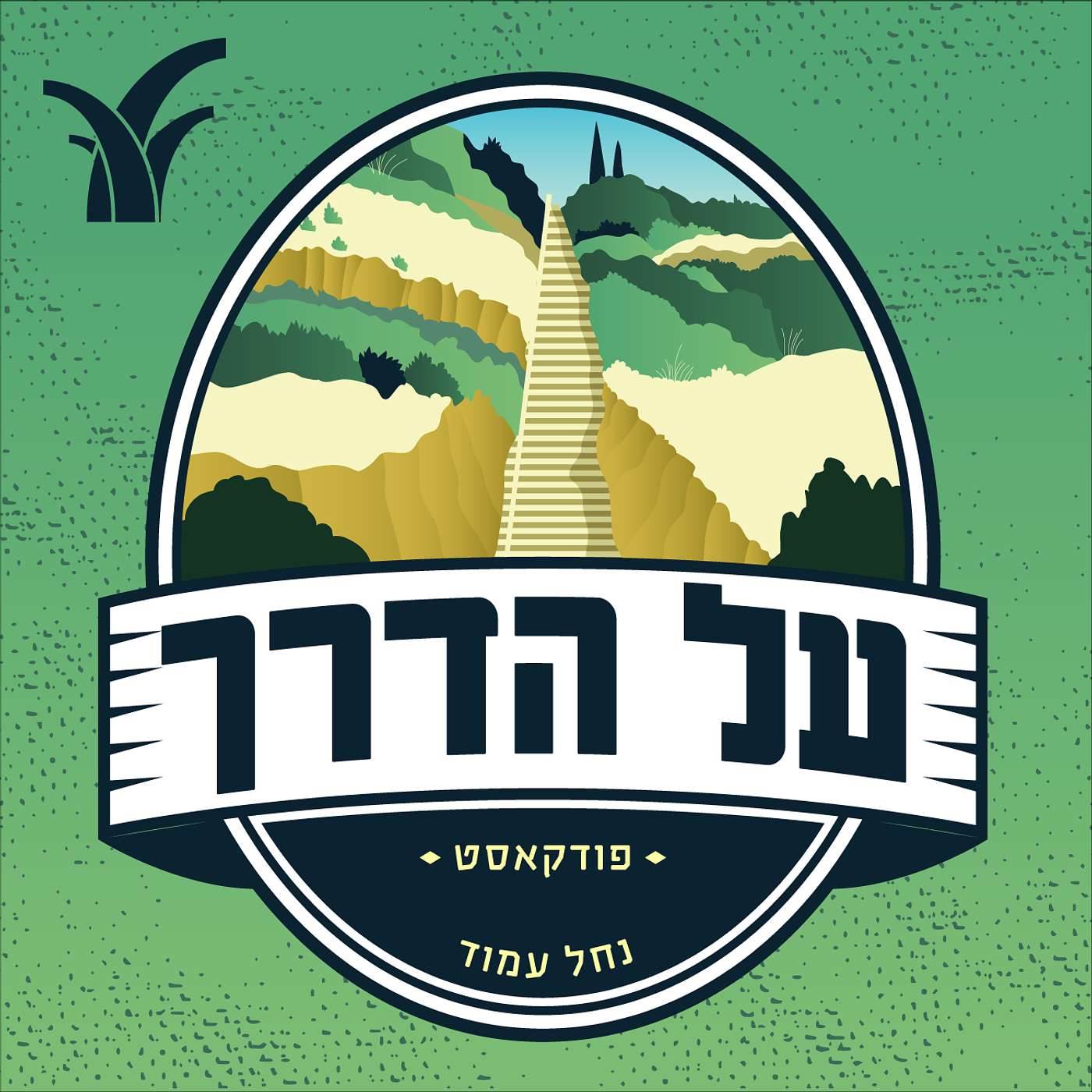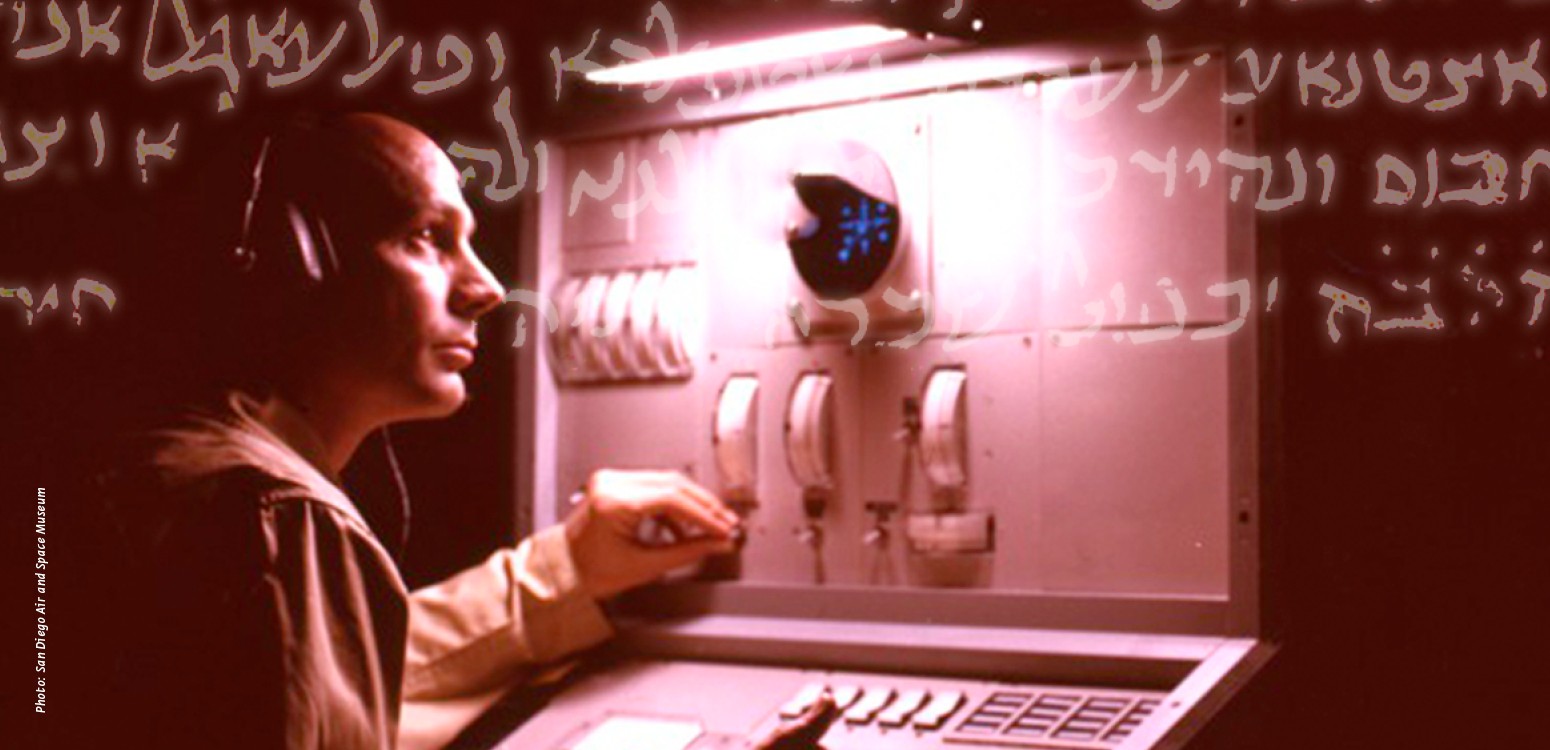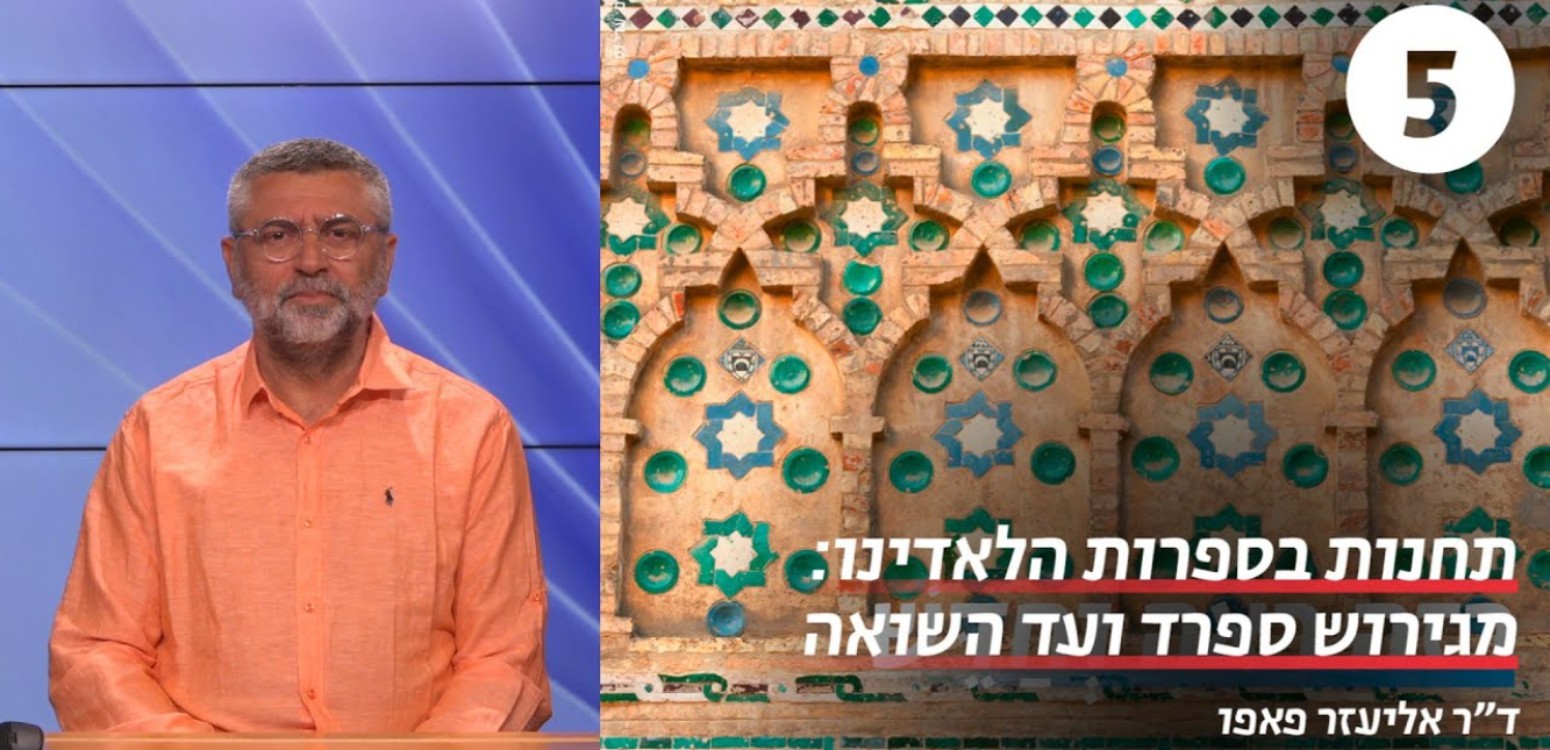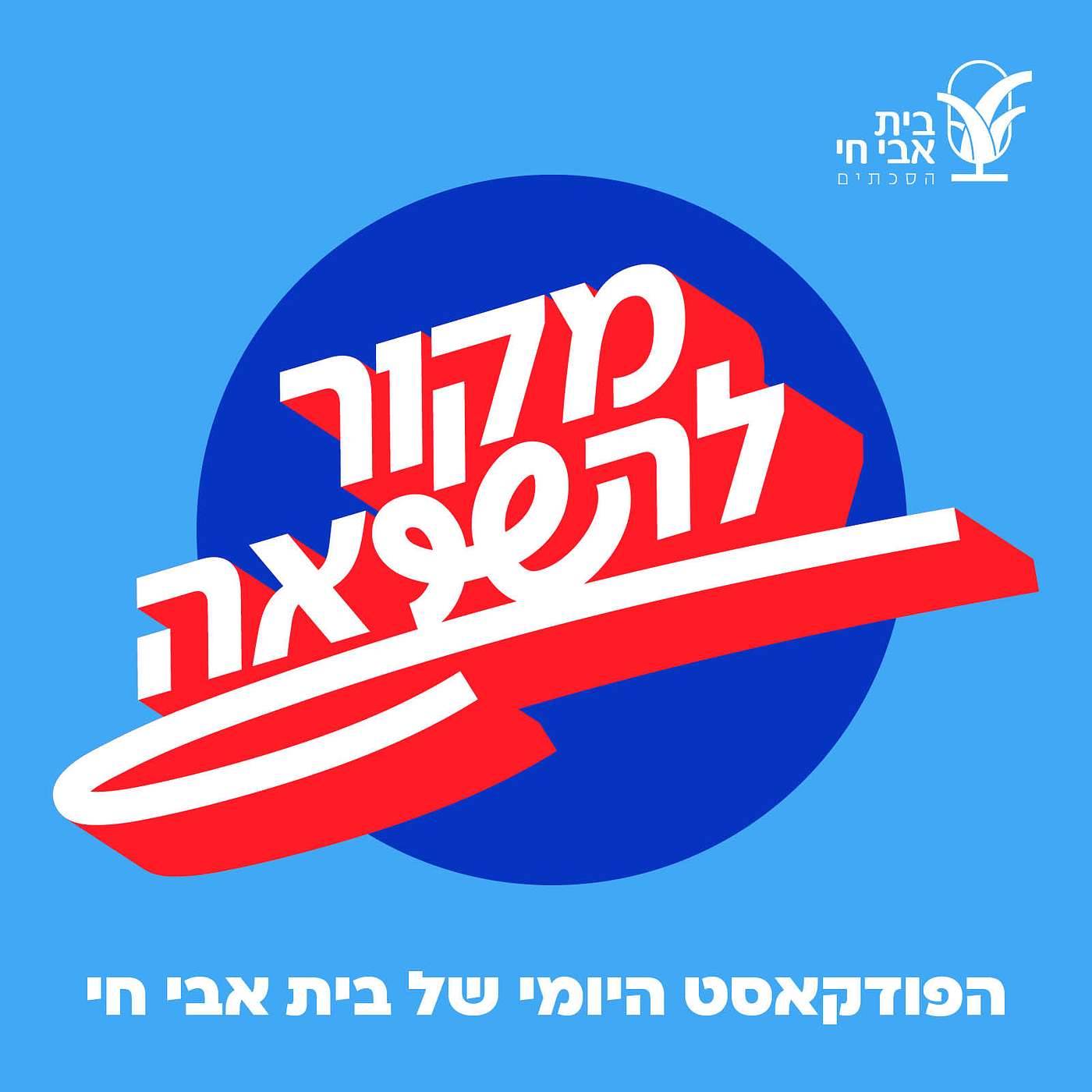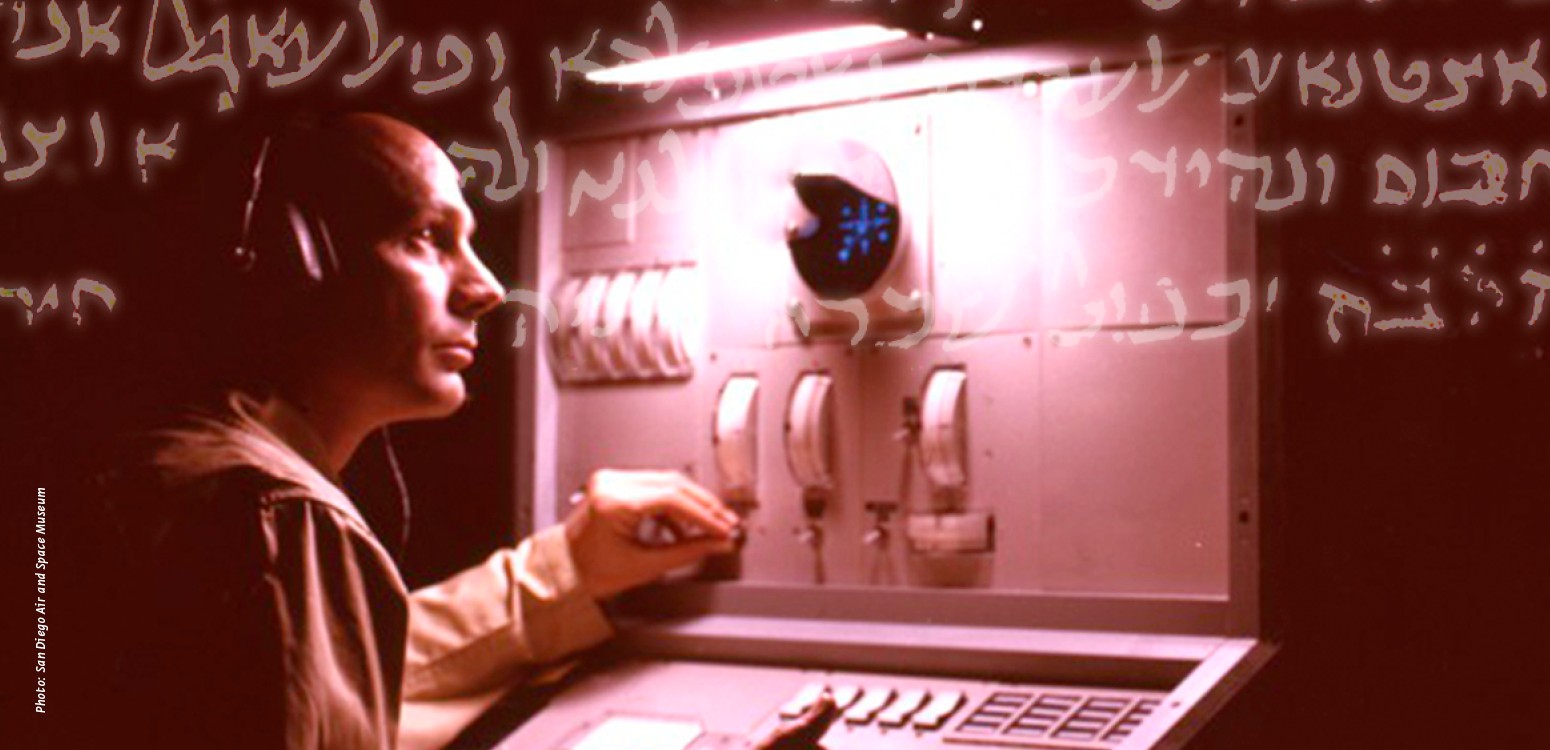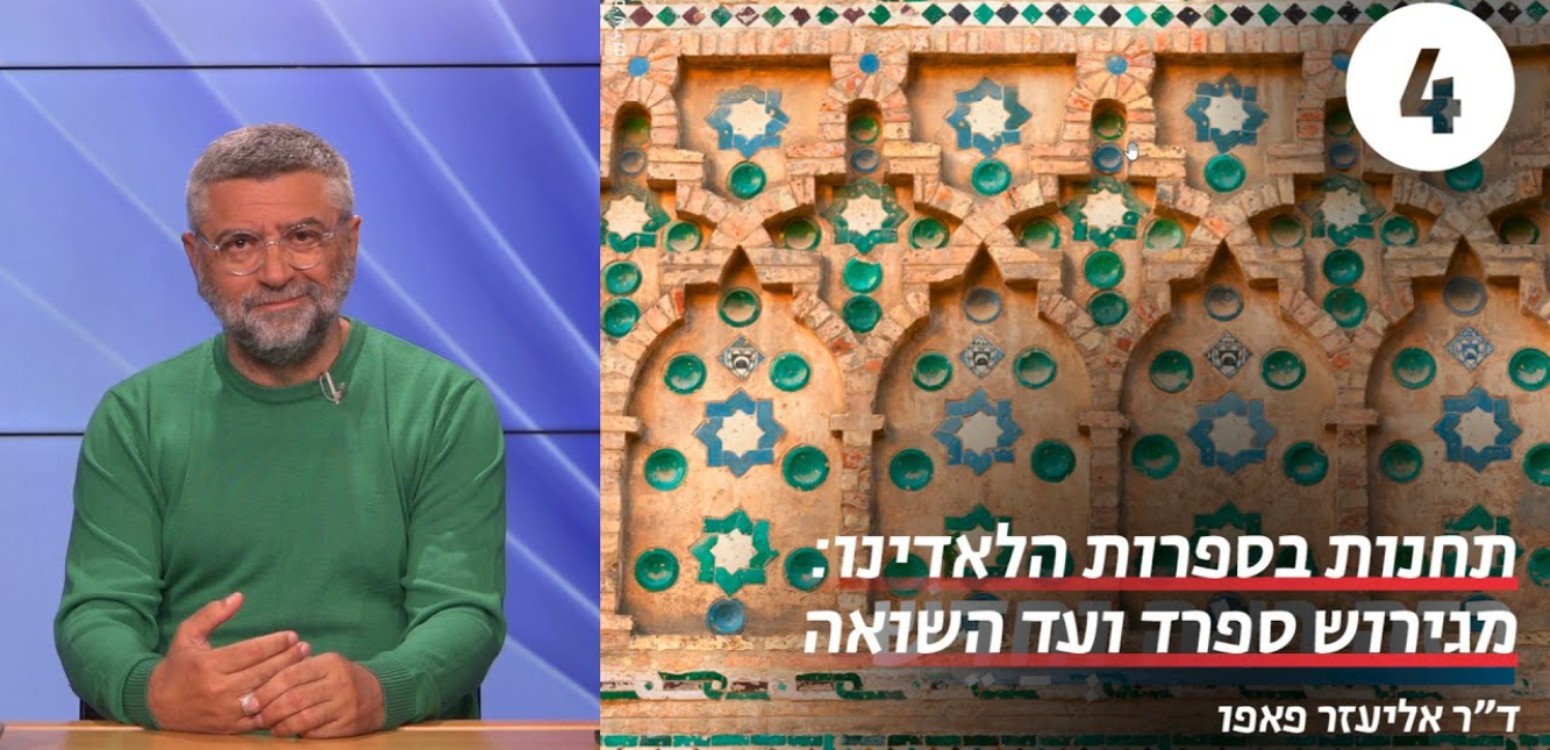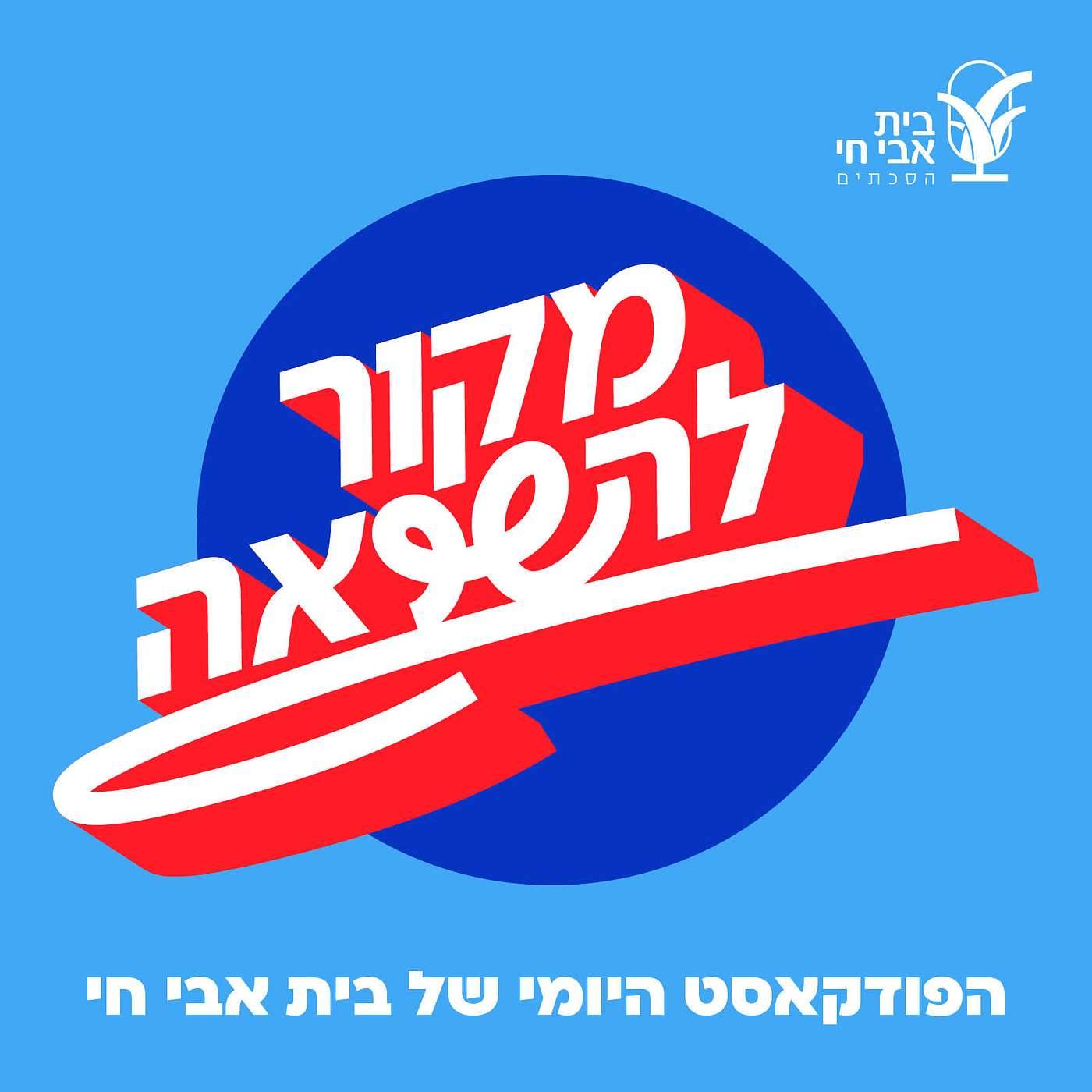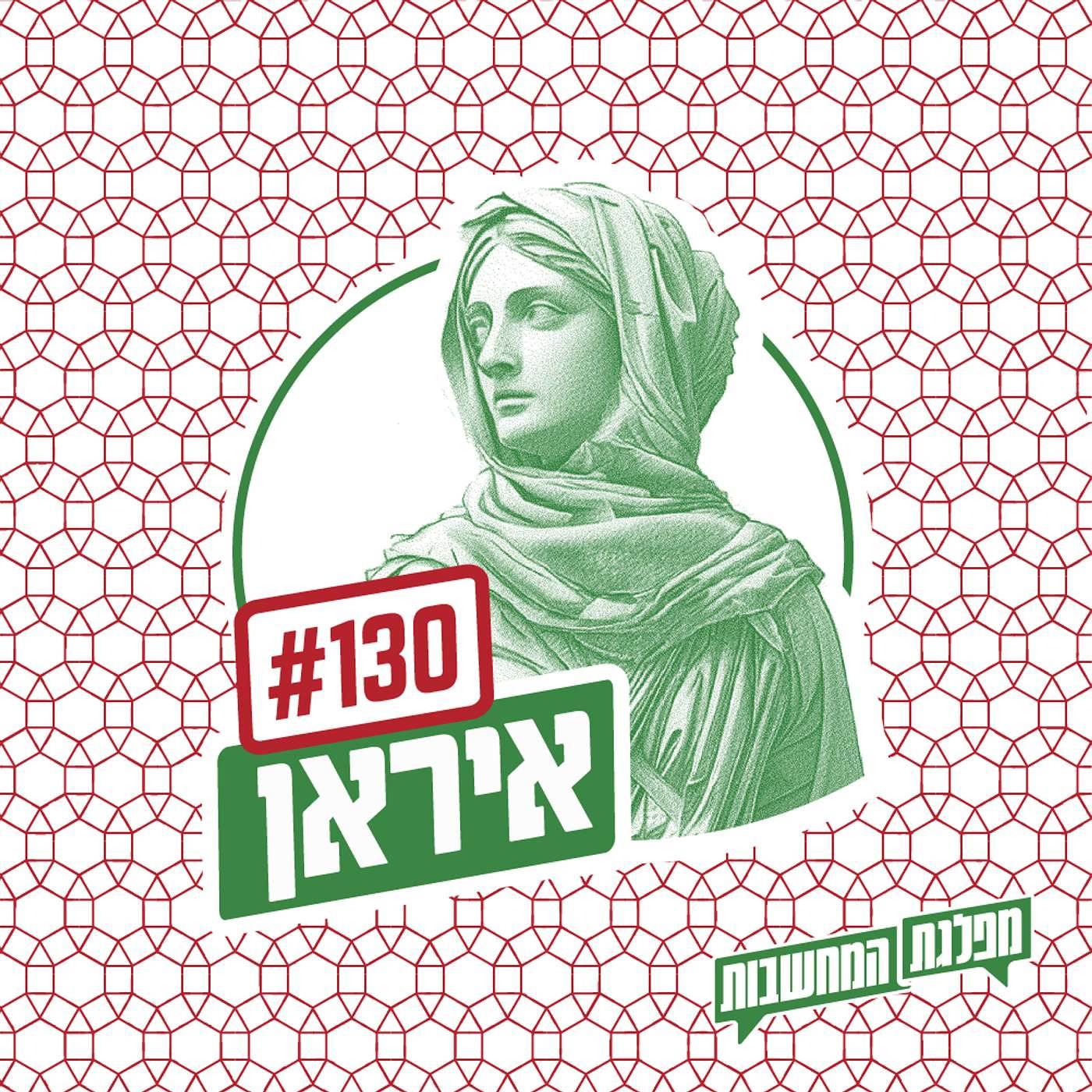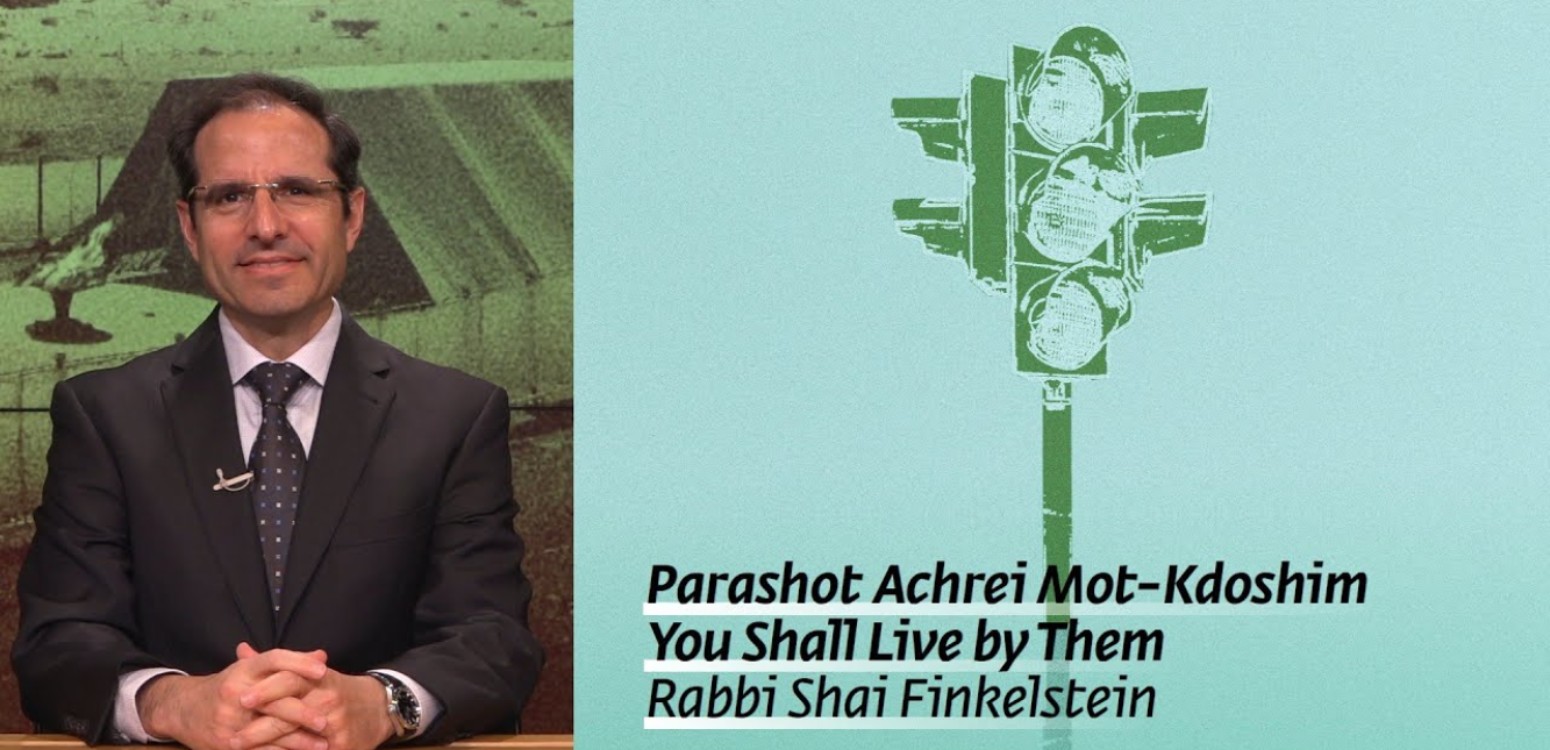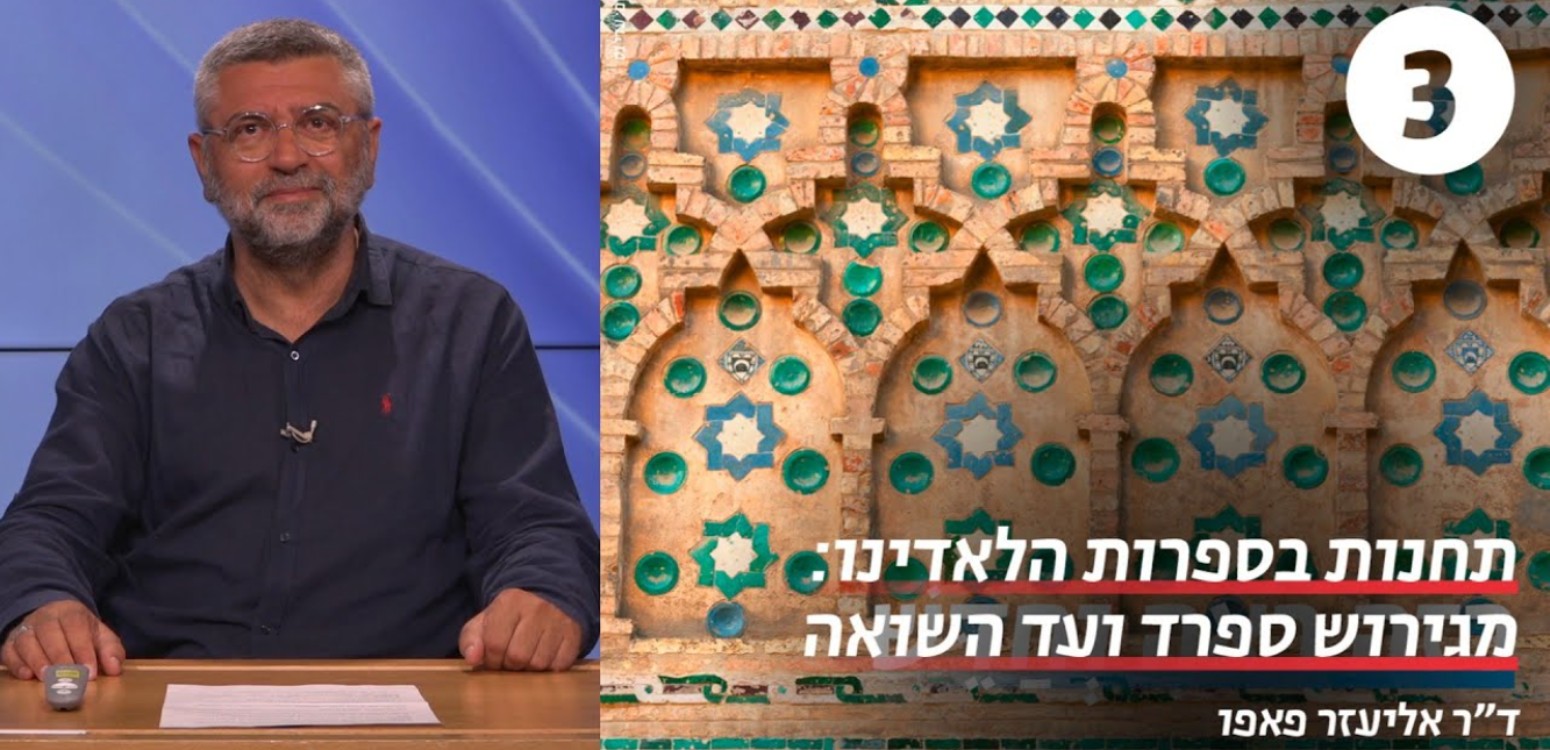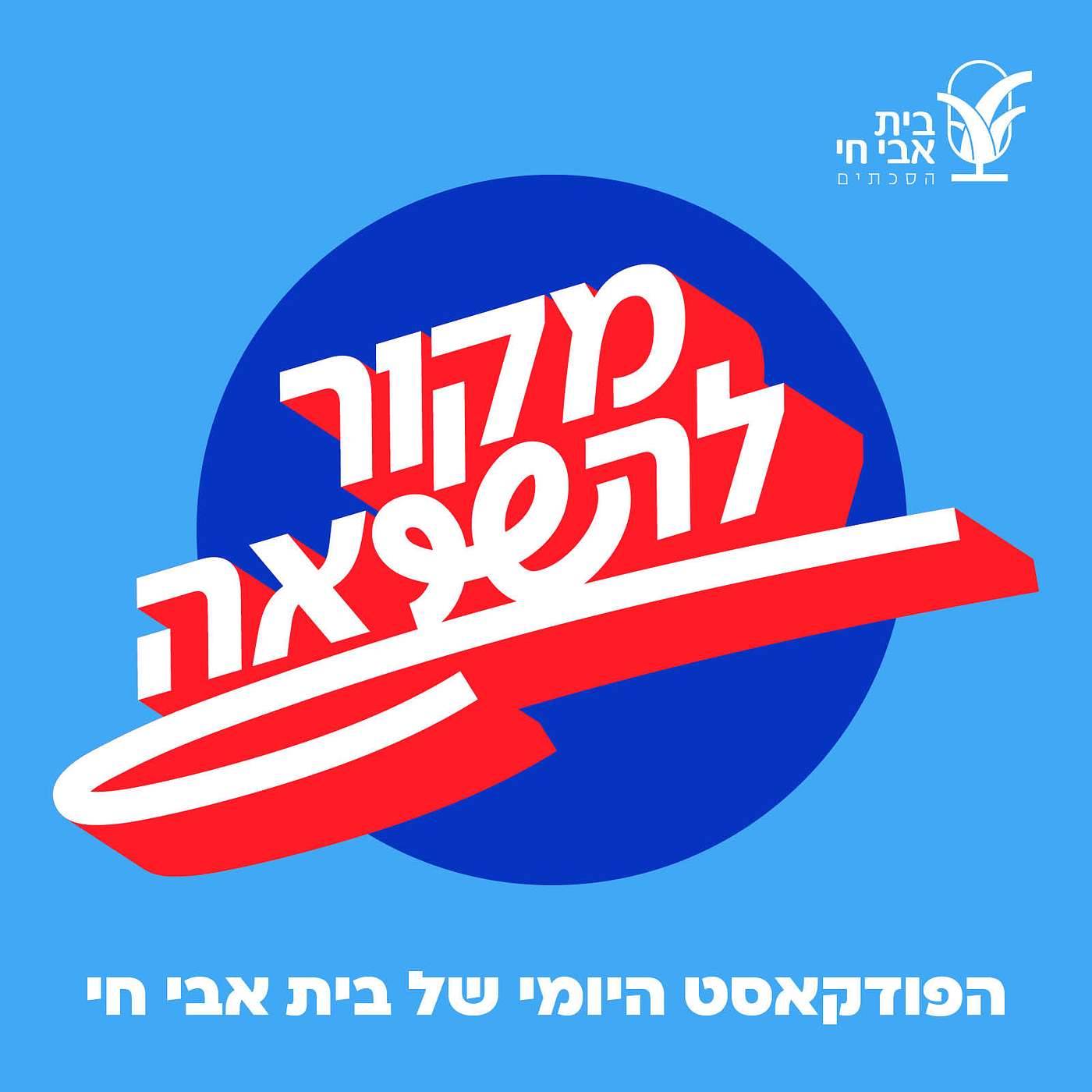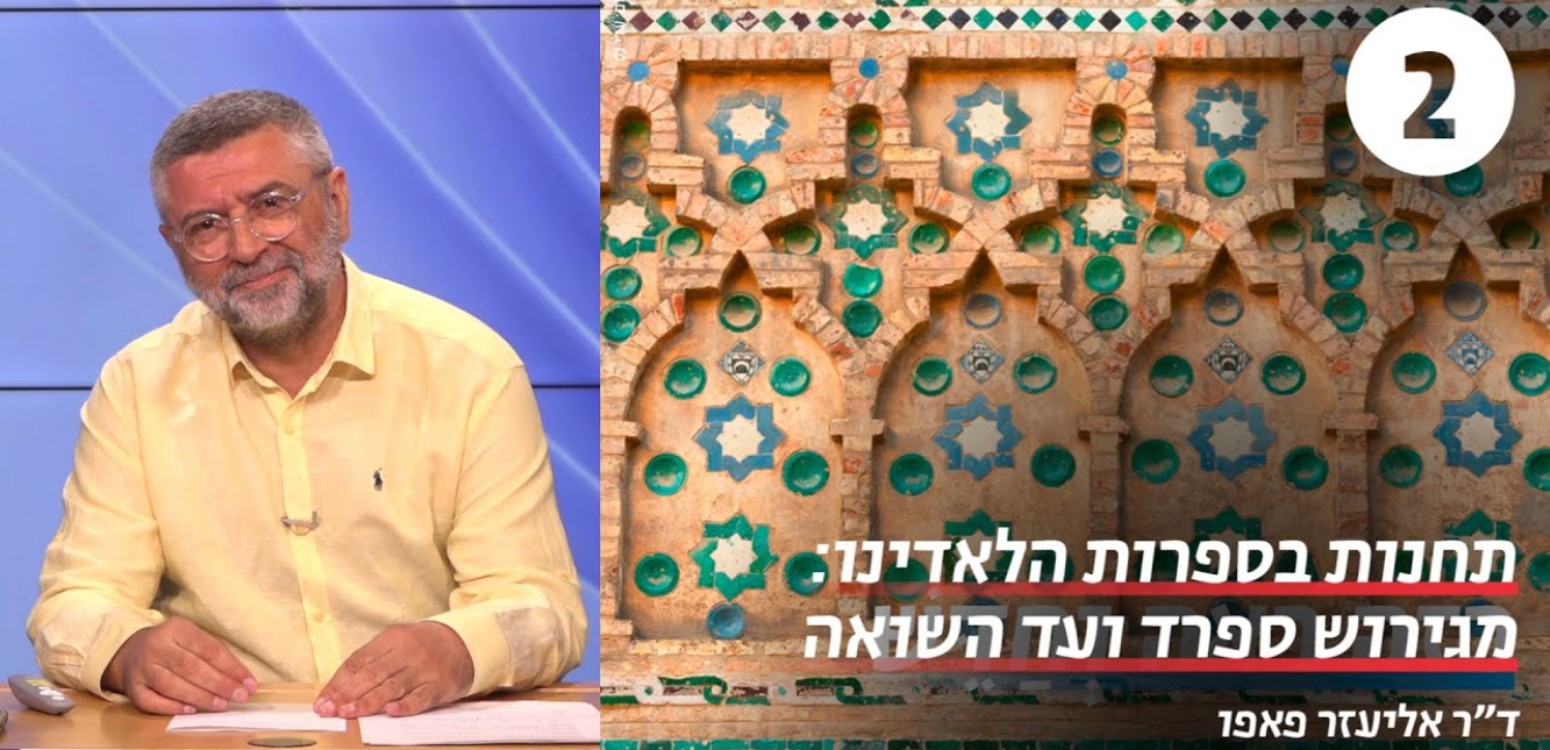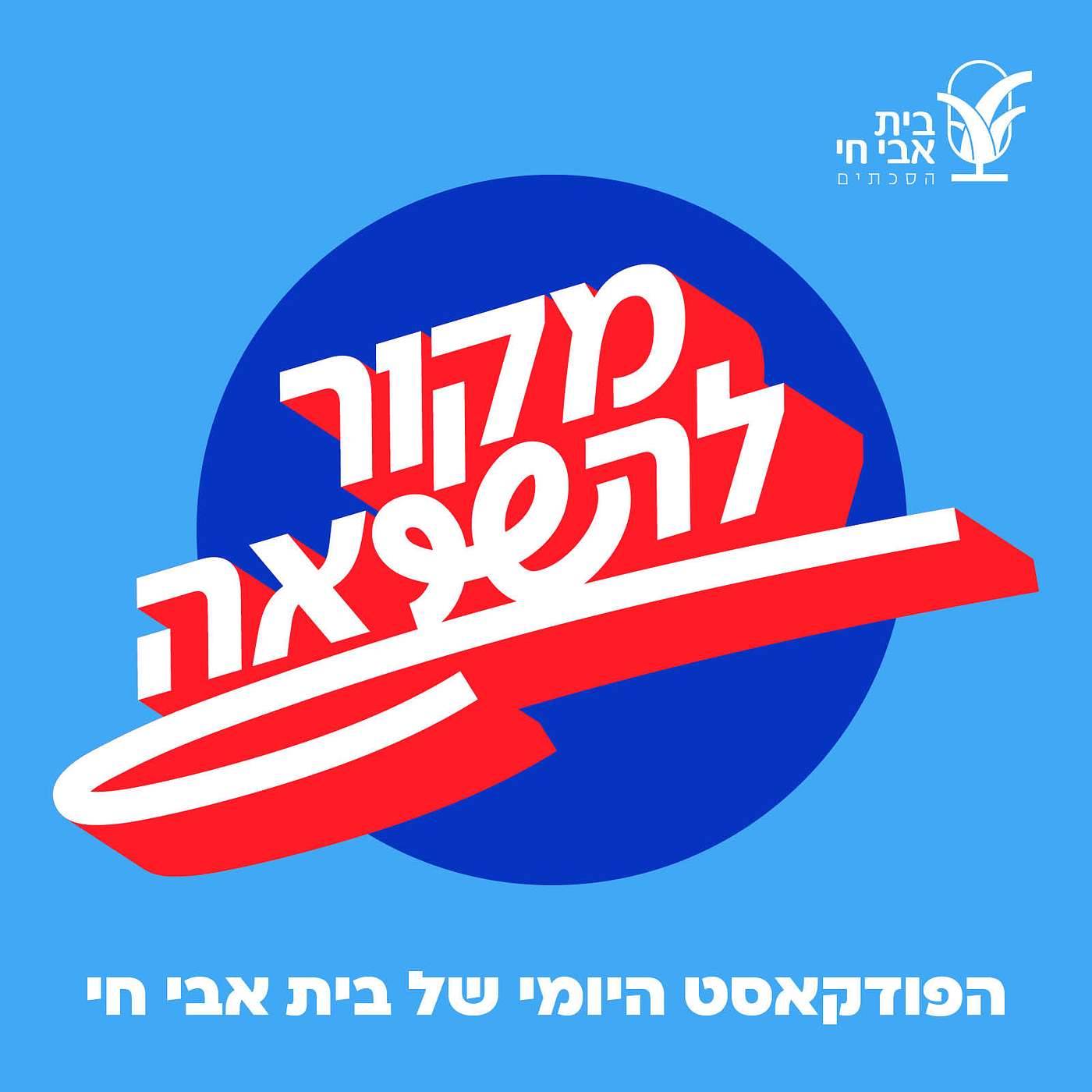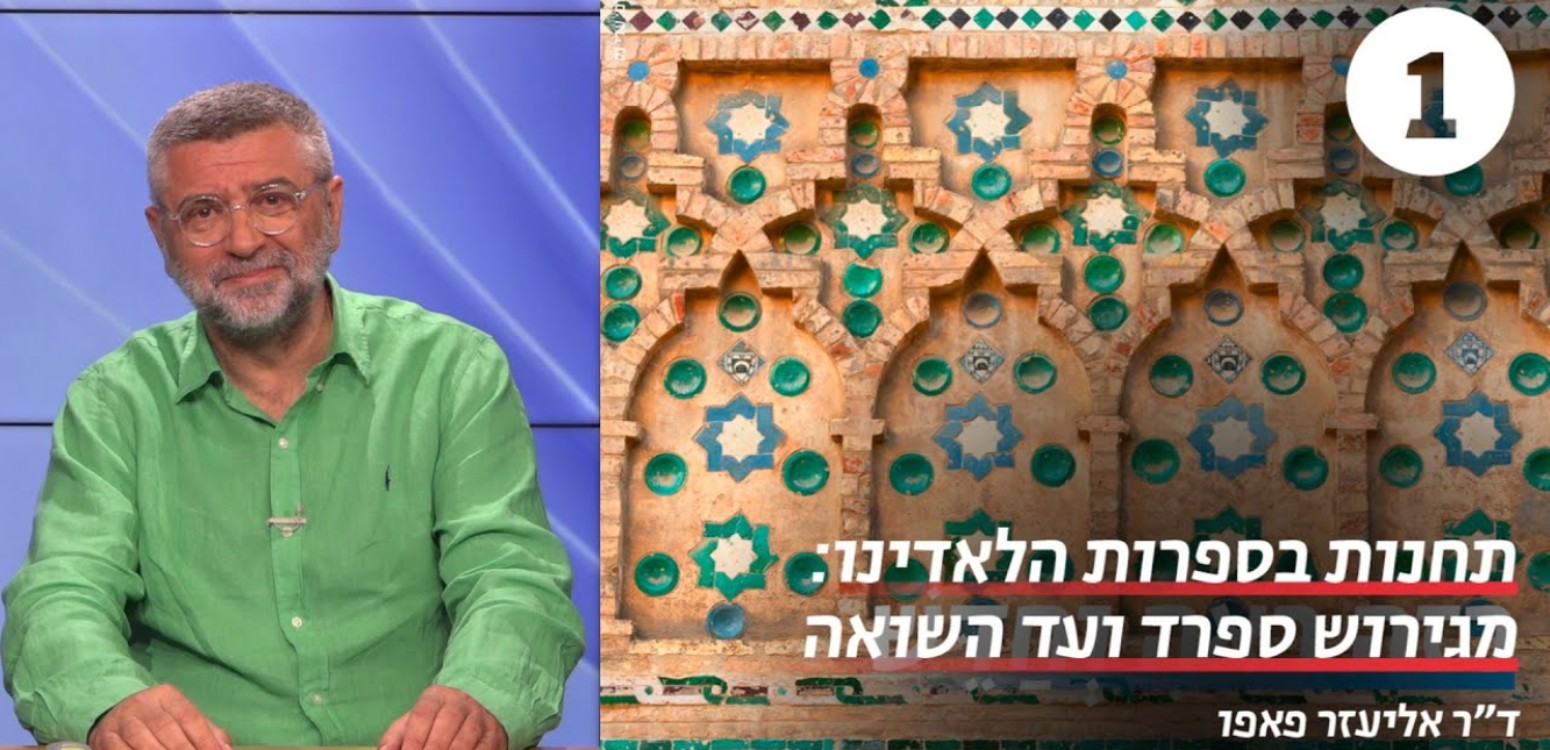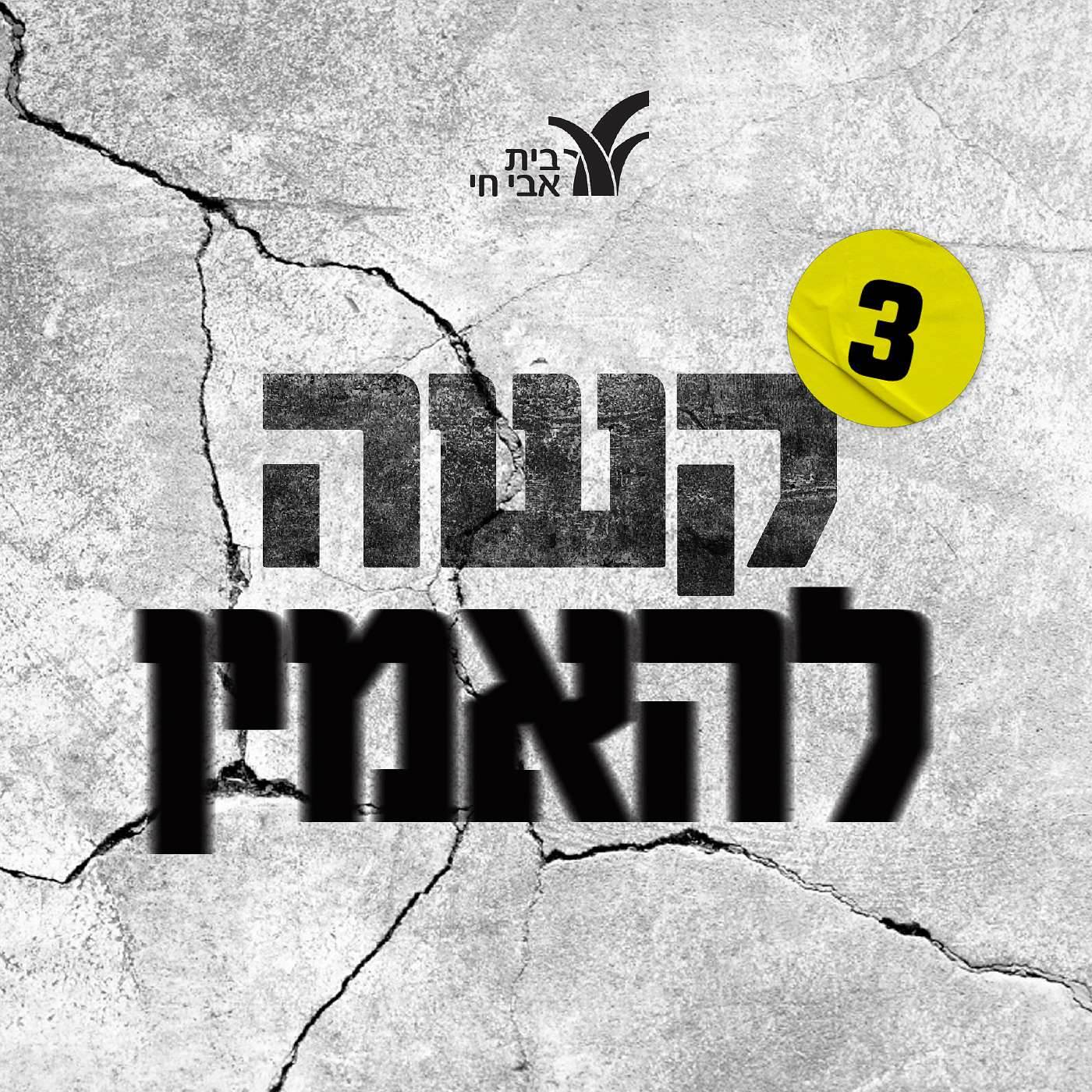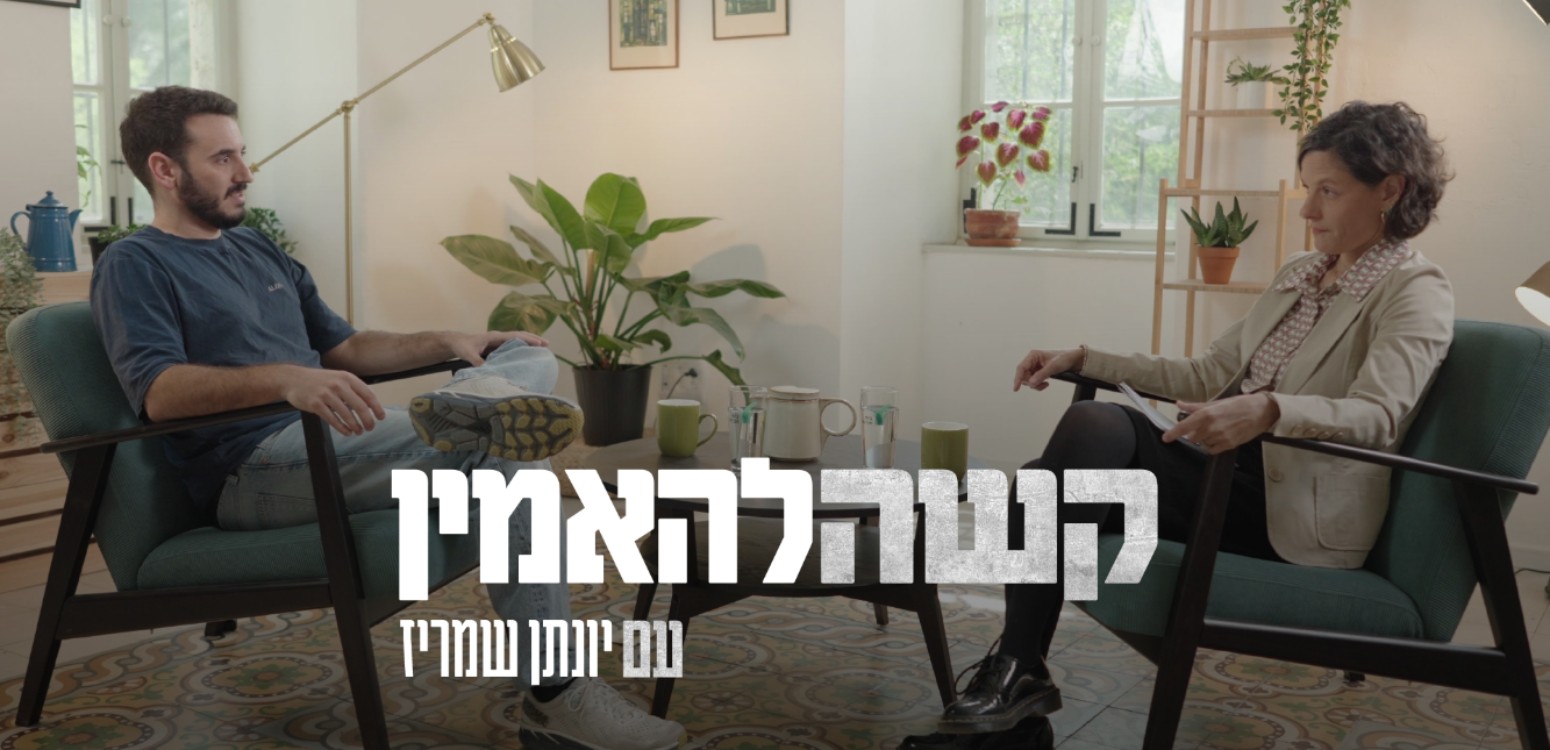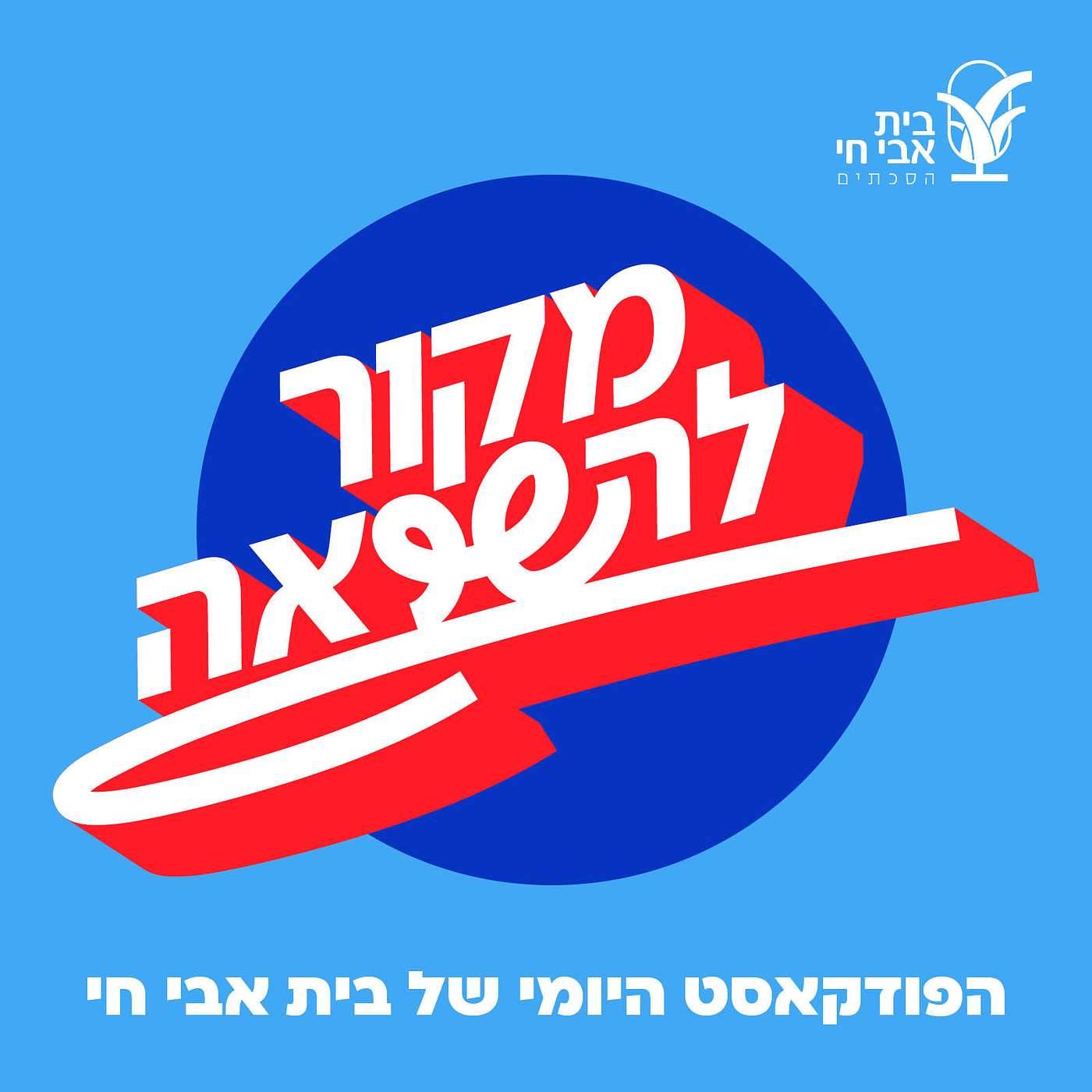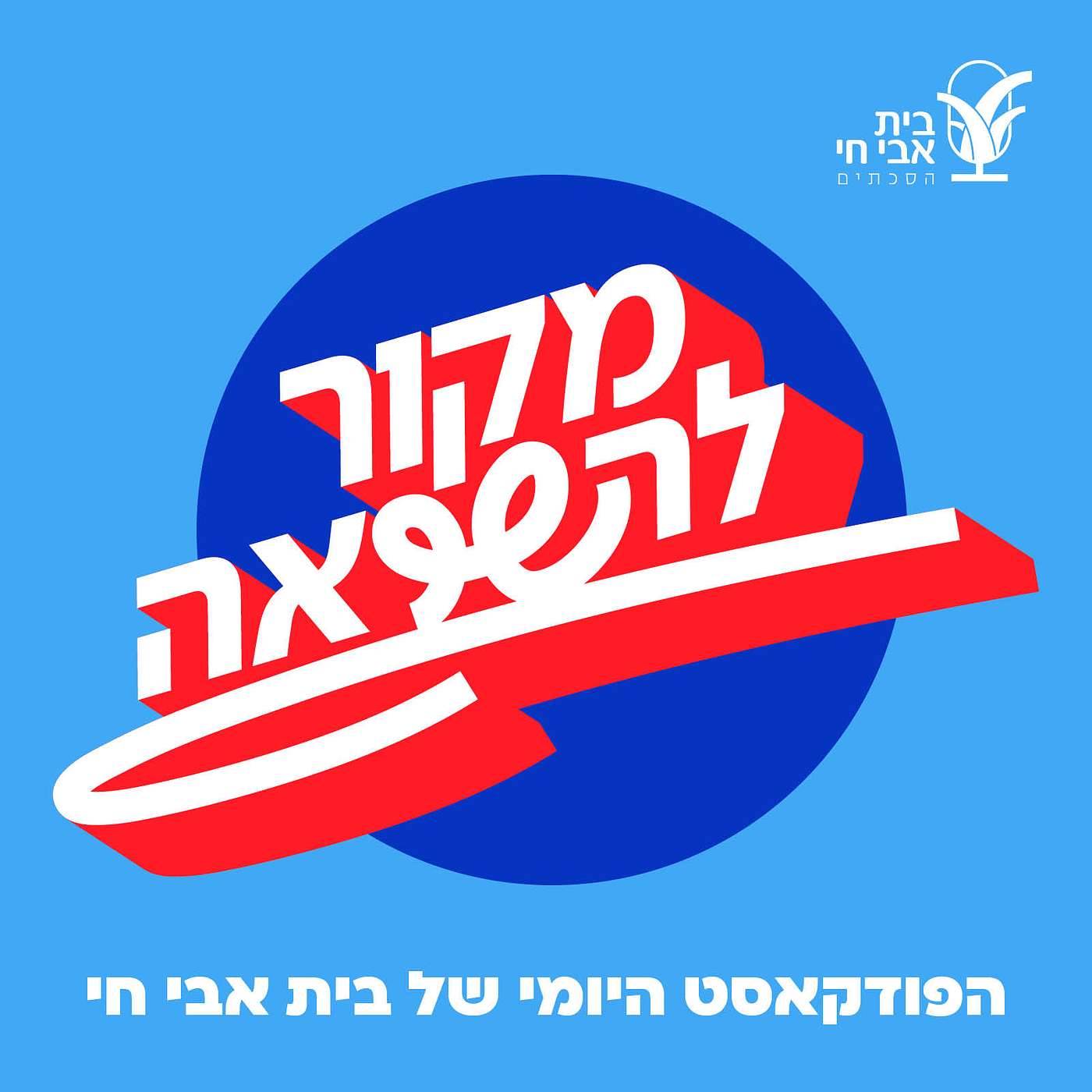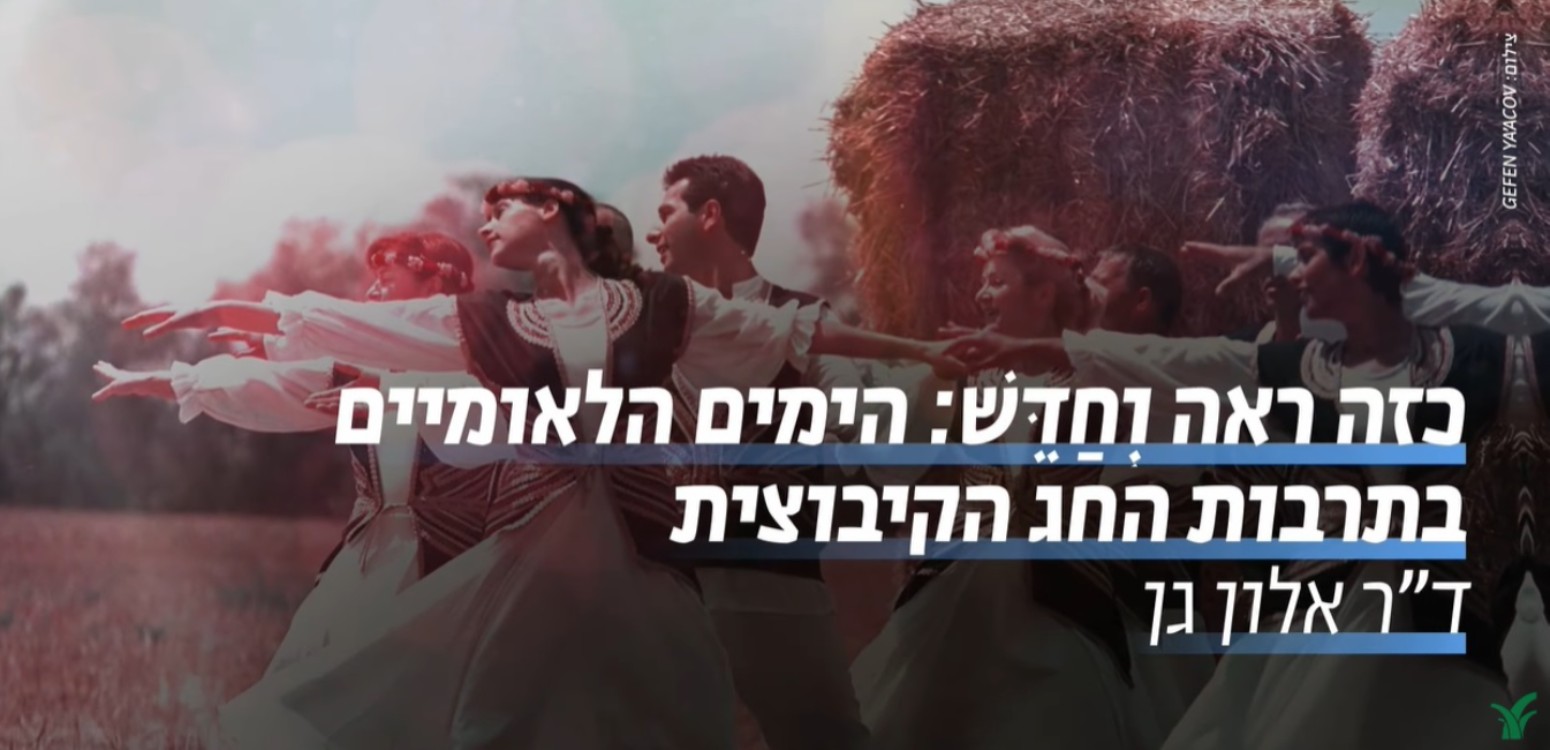When Richard Leykin stood among the crowd, listening to a speech by Martin Luther King, he decided to devote his life to creating a better world and to the civil rights cause. And so he did. Richard loved to travel on public transportation, to watch the people, to start a conversation, to daydream. Until the moment he was murdered in a terrorist attack.
In memory of Richard Leykin
Richard Leykin was born on June 29th, 1939. He was the son of Ethel and Aharon and was the brother of Irwin. He grew up in the US in Newton, Massachusetts and graduated high school there. He then moved to Connecticut, where he worked for about 16 years as a teacher and principal of an elementary school. He was married to Karen and they had two children, Micah and Manya.
Following a family vacation in Israel, they made aliyah in 1984 and settled in Jerusalem. Richard continued to be involved in education following his aliyah. Among other things, he gave private lessons in English together with his wife to hundreds of children after school hours. Their lessons had a unique and pleasant educational atmosphere. He even published a book called “Teaching as an Act of Love”.
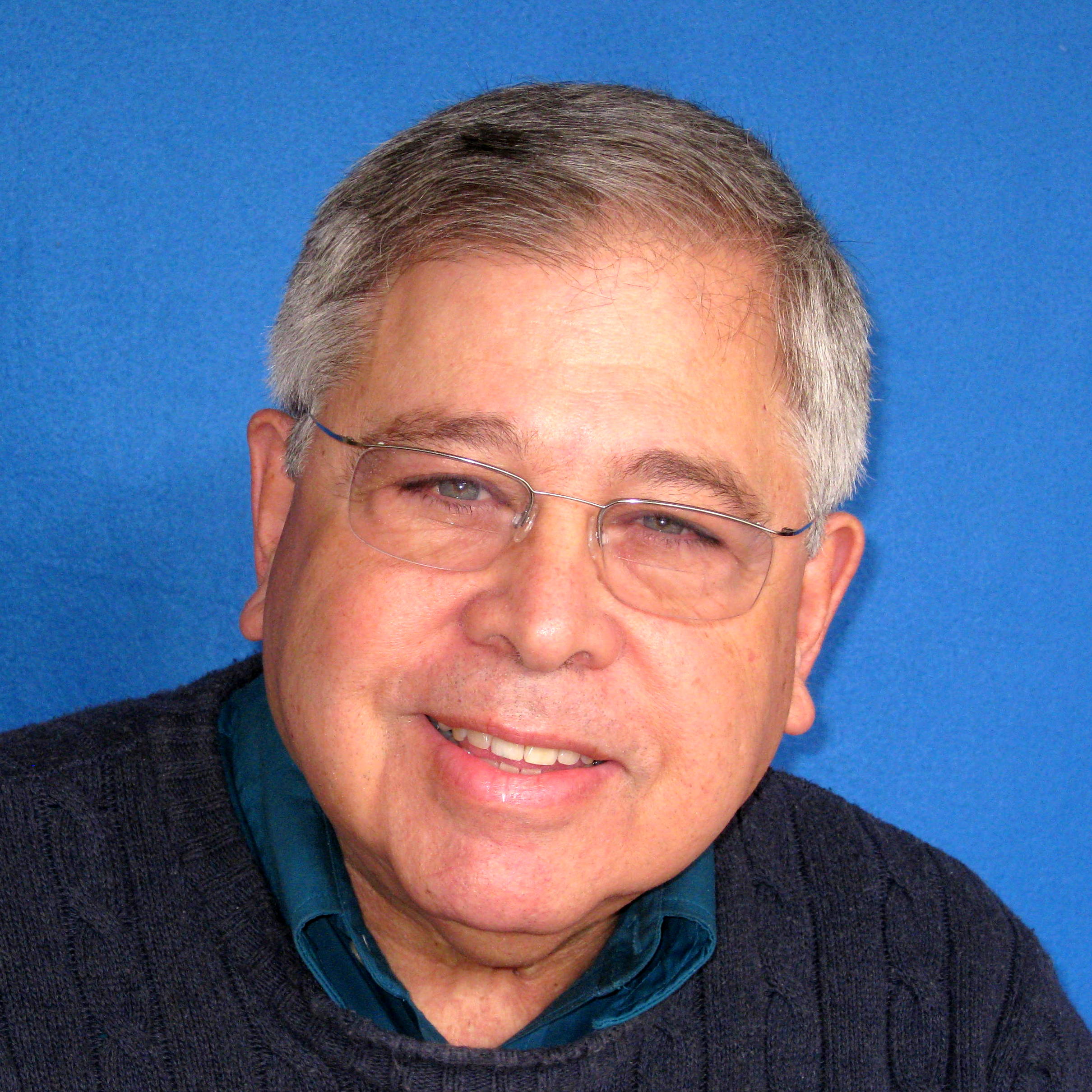 Richard Leykin z"l |
During all his years in the US, Richard was active in the civil rights movement. Among other things, he took part in civil rights activities during the period of Martin Luther King and was part of a project to bring disadvantaged kids from the city to a summer camp that he had established. Also in Israel he was involved in activities on behalf of human rights, love and coexistence between Jews and Arabs.
On the morning of Tuesday, the 30th of Adar (October 13th, 2015), he got on bus 78 in Jerusalem in the neighborhood of Armon Hanetziv. Two terrorists got on the bus in nearby Jabal Mukaber and opened fire on the passengers. The terrorists murdered two people and wounded others using pistols and knives. Richard was seriously wounded and taken to Hadassah Ein Karem Hospital in critical condition. The doctors fought to keep him alive for two weeks, but without success and Richard died on the 14th of Heshvan (October 27th, 2015). He left behind a wife, two children and eight grandchildren.
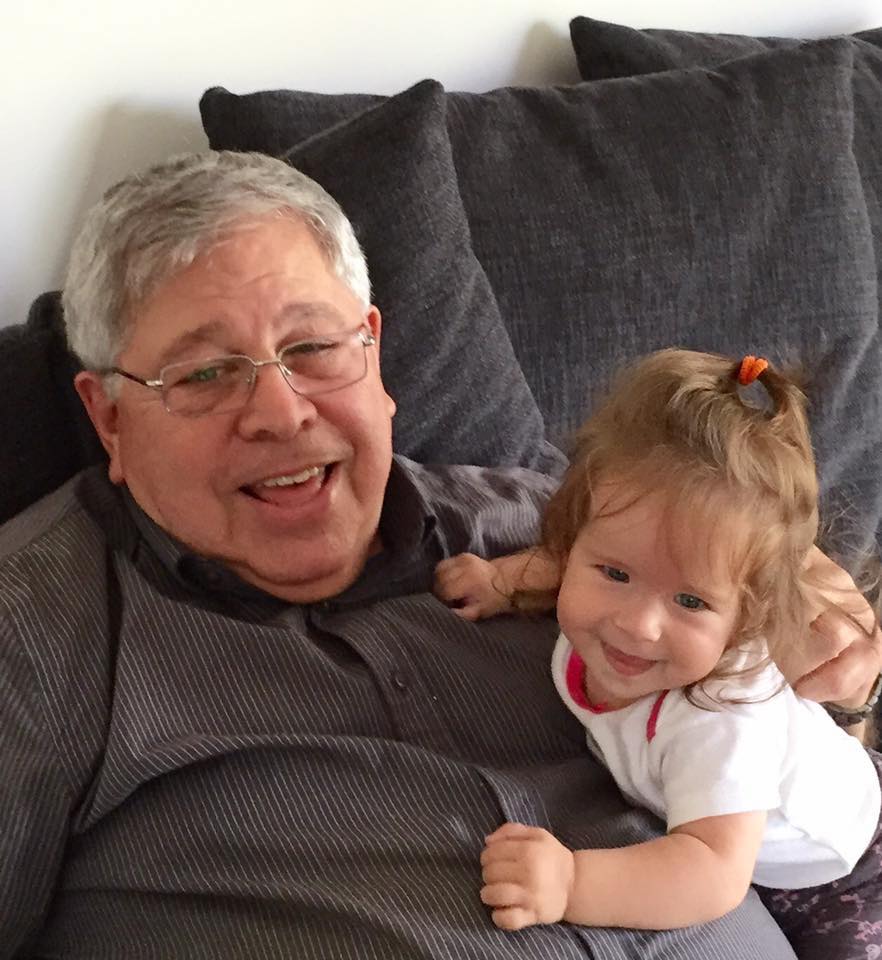 |
About a month after Richard’s death, the Tag Meir: Light Instead of Terror organization, in which Richard had been active, organized an evening in his memory. Attending were public figures and religious leaders representing Judaism, Islam and Christianity. About three months later, the Kol Neshama community, which is affiliated with the Reform movement and in which Richard was a member, published a booklet entitled “Hate is not an Option” in his memory. The booklet contains articles that call for coexistence and the stamping out of racism in Israel.
(from the memorial site to terror victims)
Ido Vardi, Lynn Polyak, Assaf Ben Harush, Mayan Tsuriel and Inbal Ohayon of Studio Poink talk about the clip they created – “Fragments of a Dream”:
The choice of Richard Leykin’s story was a natural one for us as artists, since this is the story of an educator, an activist and a real fighter for justice, whose end appears almost ironic in view of his activities. The choice of doing a clip about Richard, who was killed at an older age, was based on the desire to present some of the deeper levels within Israeli loss and bereavement, which cut across age groups.
It was clear to us that his long journey, with many stops on the way, must be a multi-faceted and visually rich work in which the images need to express Richard’s endeavors.
Richard’s last journey on a bus embodies the idea of “life passing before your eyes just before you die”, which is presented as associative memories that come to Richard during his last journey and which display to the viewer the various junctions in his life.
We chose to present the Israeli reality and the unendurably difficult present in black and white as opposed to Richard’s memories and personal world which are depicted in warm colors, like his ceaseless activities in education and on behalf of peace. When we designed the environment and the composition, we sought to include Richard’s Israeli, personal and social realities. Each of these worlds was investigated and related to, in an effort to reproduce the atmosphere of that period.
Overall, we tried to communicate the feeling of a person living a full and meaningful life. We chose to leave Richard’s story with his mother as unfinished in order to depict his gentleness and humanity and the price he had to pay to fulfil his personal vision.
Telling Richard’s unique story comes with major responsibility from our perspective: how to present the hateful and barbarous murder of a man who loved his fellow man and viewed everyone as equals, without this paradox overshadowing Richard’s legacy and his worldview. We hope that the way we have chosen to present and interpret his story will communicate the message to the viewers and will connect them to a different model of social leadership.
עוד בבית אבי חי
